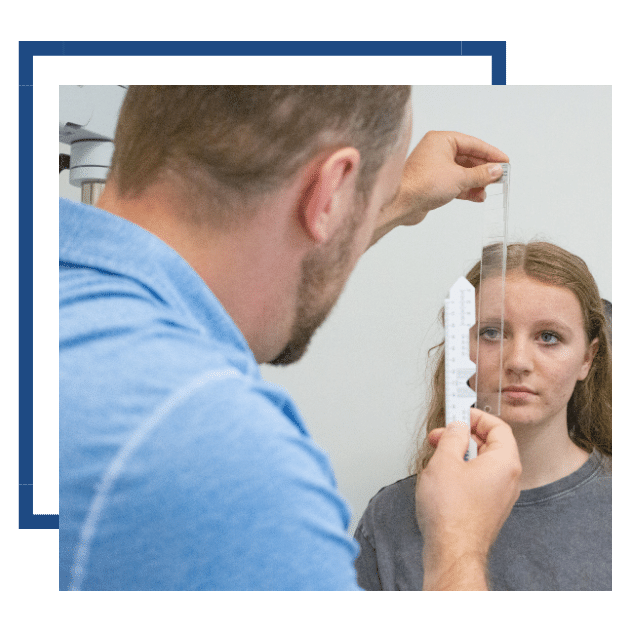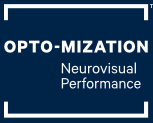Research Papers
The principles behind effective vision therapy treatment have supporting evidence in research despite hurdles such as funding (there are no giant companies that benefit).
Reading and Learning
Concussion and Head Injury
Vision Therapy Research Papers
- Dr.-Singman-statement-on-VT – Dr. Singman MD PHD, Director at Milton and Muriel Shurr, Wilmer General Eye Services Clinic Johns Hopkins Hospital discusses how critical vision therapy is in head injury rehabilitation
- Neuroimaging Of Amblyopia And Binocular Vision: A Review – The purpose is to review recent studies from our laboratory that used the visual-evoked potential (VEP) to assess attention in both the visually-normal (VN) and mild traumatic brain injury (mTBI) populations. The VEP (amplitude and latency), and attention-related alpha band responses, were assessed. The alpha responses were abnormal in those with mTBI. Furthermore, these values […]
- VEP and Human Attention: Translation from Laboratory to Clinic – The purpose is to review recent studies from our laboratory that used the visual-evoked potential (VEP) to assess attention in both the visually-normal (VN) and mild traumatic brain injury (mTBI) populations. The VEP (amplitude and latency), and attention-related alpha band responses, were assessed. The alpha responses were abnormal in those with mTBI. Furthermore, these values […]
- Summary of Research on the Efficacy of Vision Therapy for Specific Visual Dysfunctions –Vision therapy, like any area in a health profession, is practiced differently by various clinicians. I will restrict this discussion to the most commonly practiced and largest portion of the area of vision therapy: treatment of accommodative and vergence anomalies, including strabismus. These categories include the majority of patients treated by optometrists providing vision therapy […]
- Reading speed, cycloplegic refractive error & oculomotor function in reading disabled children (1) – This document is available for download
- PTVS Information – Professional – This document is available for download
- PTVS Information – Patient – This document is available for download
- Perceptual_relearning_of_binocular_fusio – This document is available for download
- Optometry & Vision Science Article–Home-Based Therapy for Symptomatic Convergence Insufficiency in Children – This document is available for download
- Occurrence-of-oculomotor-dysfunctions-in-acquired-brain-injury-Ciuffreda – This document is available for download
- jpts-223 – This document is available for download
- VT-for-oculomotor-dysfunctions-in-acquired-ABI-Ciuffreda – This document is available for download
- Vision training for Goaltenders – This document is available for download
- VDR1-1_articlefeat_Yadav_Web – This document is available for download
- University Of Cincinnati Concussion Study – This document is available for download
- Thiagarajan_et_al-2011-Ophthalmic_and_Physiological_Optics – This document is available for download
- Dr Shelly O’Connor – This document is available for download
- CITT_children_Scheiman – This document is available for download
- 10.15-Using-the-VEP-for-Better-Patient-Outcomes-in-Mild-Traumatic-Brain-Injury-Ciuffreda-Yadav-Ludlam – This document is available for download
- 05_sci_basis_vt_Ciuffreda – This document is available for download
- PostConcussionVisionStudy – This document is available for download
- Post-Concussion-Treatment-Guidelines – This document is available for download
- Post Trauma Vision Syndrome Article – This document is available for download
Summary of Research on the Efficacy of Vision Therapy for Specific Visual Dysfunctions By Jeffrey Cooper, M.S., O.D. Professor of Clinical Optometry State University of New York, State College of Optometry Vision therapy, like any area in a health profession, is practiced differently by various clinicians. I will restrict this [...]


Effect of treatment of symptomatic convergence insufficiency on reading in children: a pilot study. Scheiman M1, Chase C2, Borsting E3, Lynn Mitchell G4, Kulp MT4, Cotter SA3; CITT-RS Study Group. Clin Exp Optom. 2018 Mar 25 Conclusion: ‘After treatment for convergence insufficiency, statistically significant improvements were found for reading comprehension (mean = 4.2, p = 0.009) and the reading composite [...]
Background Approximately one in ten students aged 6 to 16 in Ontario (Canada) school boards have an individual edu- cation plan (IEP) in place due to various learning disabil- ities, many of which are specific to reading difficulties. The relationship between reading (specifically objectively deter- mined reading speed and eye [...]


Vision Therapy and Traumatic Brain Injury Eric Singman MD PhD Milton & Muriel Shurr Director, Wilmer General Eye Services Clinic Johns Hopkins Hospital, Wilmer B-29, 600 N. Wolfe St., Baltimore, MD Vision difficulties after traumatic brain injury (TBI) are common and often difficult to recognize1,2. I have had an opportunity [...]
